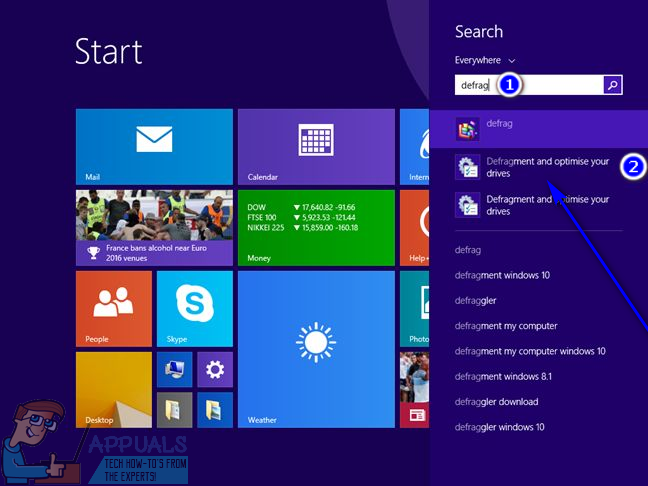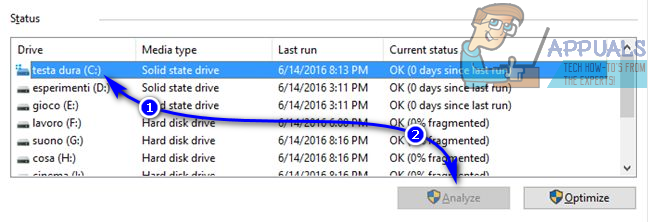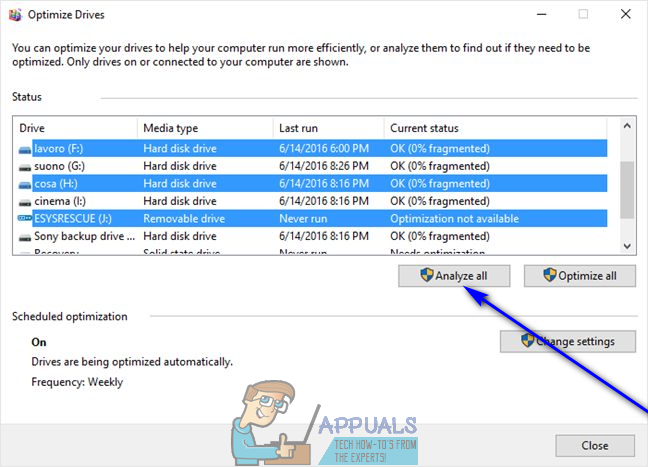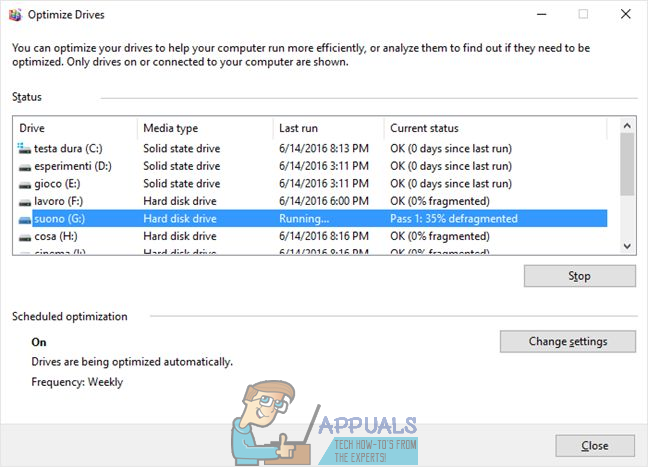How to Defrag Windows 8.1
A computer hard drive runs the fastest (meaning that it is able to read files from and write files to itself at maximum possible speeds) when all of the data stored on it is stored contiguously, i.e. continuously without any breaks in the middle. Think of data on a hard drive as a chain of storage blocks – the hard disk will be fastest when all of the blocks are stacked one after the other with no breaks in between them. If, for whatever reason, breaks start accumulating between the storage blocks over time, the hard disk is said to have become fragmented. The more fragmented a hard drive is, the slower it will be.
Fragmentation on a hard drive can be resolved by simply defragmenting it – during defragmentation, all of the data stored on a hard drive is rearranged so that the imaginary blocks of data are stored contiguously and any breaks in the middle are eliminated. The Windows Operating System has always come with a disk defragmentation utility built in to it. Up until the days of Windows 7, this utility used to be known as Disk Defragmenter and had been changed to an impressive degree. However, with the arrival of Windows 8.1, Disk Defragmenter was completely revamped and turned into the Optimize Drives utility, and it looks like it will remain the Optimize Drives utility for the foreseeable future. This new utility still has the same old purpose, however – to defragment hard drive partitions and entire hard drives that have become fragmented.
Defragmenting a hard drive maximizes the transfer rate of files and data to and from the hard drive, and it should only be done to hard drive – you should not try to defragment a Solid State Drive (SSD) or a USB drive. To defragment a hard drive on a computer running on Windows 8.1, here’s what you need to do:
- Navigate to the Start screen, type “defrag” into the Search field, and click on the search result titled Defragment and optimize your drives. Alternatively, you can achieve the same result by opening the Control Panel and navigating to System and Security > Administrative Tools > Defragment and Optimize Drives.

- You will see a list of all the drives on your computer in the Status section of the window, along with a number of each of their properties. Simply click on a drive to select it and click on Analyze to have the utility find out just how fragmented that particular hard drive partition is. If you would like to have the utility check multiple partitions at the same time, simply click on each partition while holding the Ctrl key to select them and click on Analyze all to have the utility analyze them.


- Once the utility has scanned the selected partition(s), a fragmentation percentage will be displayed next to the drive. You can use this fragmentation percentage to determine if the drive needs to be defragmented – the general rule of thumb is that a drive needs to be defragmented if its fragmentation value is 20% or more. To defragment a drive, click on it to select it and click on Optimize. You can also have multiple drives defragmented at the same time by clicking on them one by one while holding the Ctrl key to select them, and then clicking on Optimize all.
- All you need to do now is wait for the utility to successfully defragment the partition(s) you selected. This process can take quite some time depending on how many partitions you selected to be defragmented and just how large the selected partitions are. You can see the progress of the defragmentation process in real-time under the Current status section of the partitions you selected for defragmentation.

The defragmentation process on Windows 8.1 is not very resource-intensive, meaning that you should not at all feel the need to put the use of your computer on hold for the defragmentation of your hard drive – you are completely free to go about using your computer like you normally do while the Optimize Drives utility defragments your hard drive.